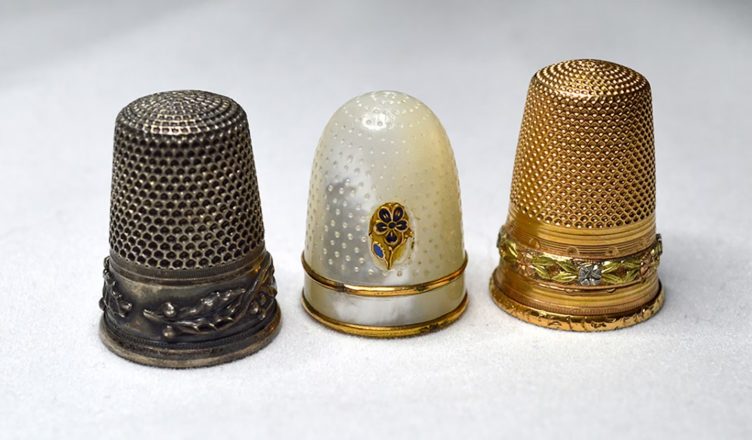Thimbles have a rich and captivating history that stretches back to ancient times. These small yet remarkable tools were originally designed to protect fingers during sewing, and their journey has witnessed incredible advancements and cultural significance.
Archaeologists have unearthed the earliest known thimbles in Pompeii, dating back to the 1st century AD. These bronze thimbles represented the humble beginnings of a practical tool that would stand the test of time.
As time progressed, thimbles evolved in both materials and designs. During medieval times, craftsmen experimented with materials like leather, wood, and metal. By the 14th century, Nuremberg, Germany, emerged as a major hub for brass thimble production.
The 17th century marked a period of further innovation, with silver and gold thimbles gaining popularity among the wealthy. Beyond their practical uses, these luxurious thimbles became symbols of status and prestige.
Thimbles weren’t just limited to the world of sewing. They found their way into various crafts such as bookbinding, leatherworking, and lace-making. These versatile tools offered protection and precision across different trades.
👇 To continue reading, scroll down and click Next 👇
ADVERTISEMENT

